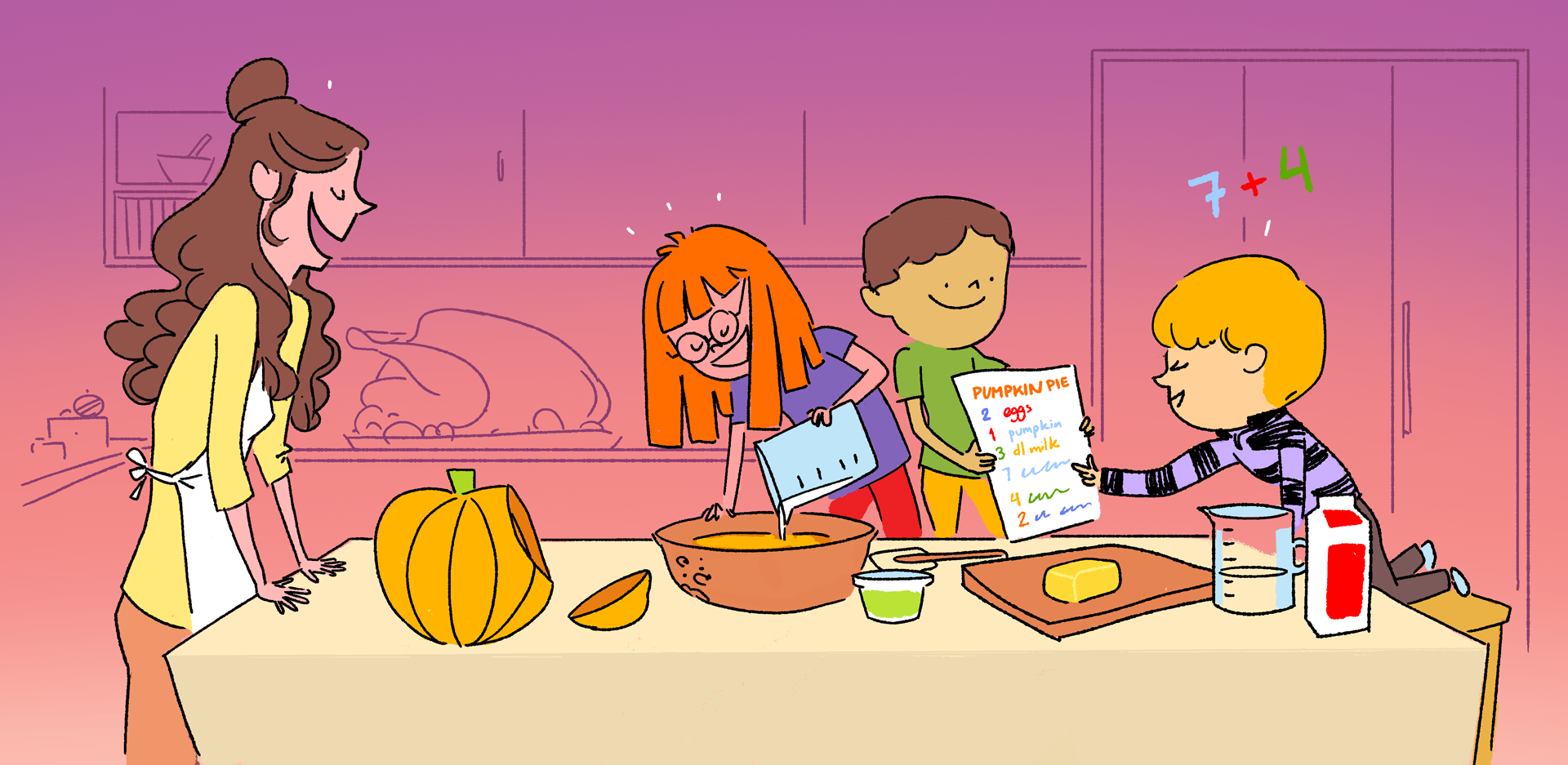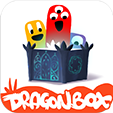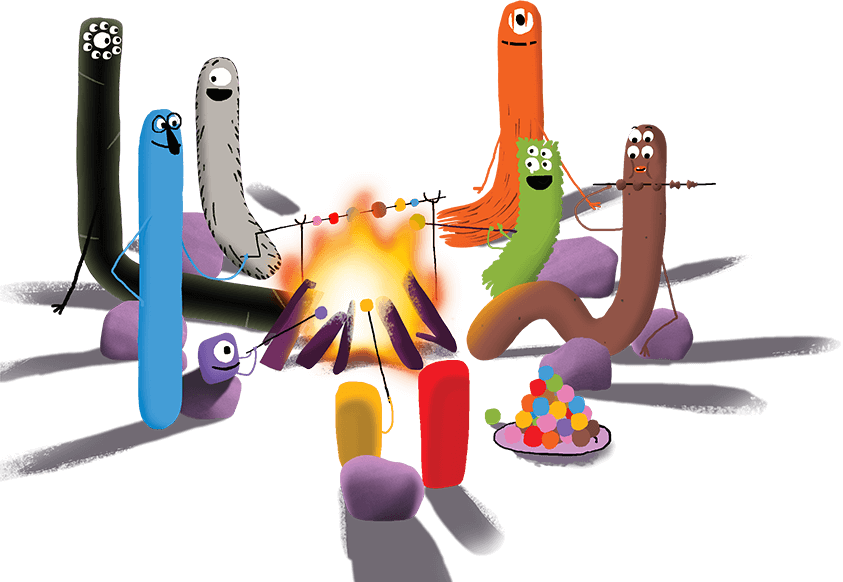
18/11/2016
How to Cook Up a Math Whiz
Eating. We love to eat. A delicious roast turkey, a mouthwatering pie – but did you realize that cooking these delicious recipes actually involves math? No, not because “pie” sounds a lot like Pi π – but if you were thinking that, we like the way you think.
Cooking actually involves addition, subtraction, proportions – just to name a few. Cooking can actually be a recipe for success in terms of your child’s math development. The math involved in cooking is so applicable and concrete, not to mention fun, that it lends itself to number exploration and a positive association to mathematics.
Follow this recipe to learn how to cook up a math whiz:
1. BIG Feasts = BIG Numbers
With the holiday feasts coming up, doubling recipes add an even bigger opportunity to use math. Start by finding recipes that perhaps serve half or a third of your dinner party. As you work through the recipe with your little sous chefs, ask them to convert the recipe:
“The recipe says we need 3 cups of flour, but we need 3 times that amount in order to make enough cookies for everyone at the party. How many cups of flour do we need?”
Let your child come up with the answer in his or her own time, but a little guidance (and some encouragement) along the way will help build a positive association to math, and keep the fun in the cooking activity. After all, this is a wonderful way to spend some quality family time.
If your child is struggling, count the cups of flour together and explain what you’re doing. Channel your inner cooking show host.
“The recipe calls for three cups of flour”. Then, have your child measure, count, and pour the three cups of flour. “If we need twice as many, we would add three more cups.” Have your child add three more cups of flour. “Since we need three times more than the recipe says, we will add another 3 cups”. Have your child add the last three cups. “There we go, 9 cups of flour!” Math is everywhere, and with cooking, your child can begin to see that – in a positive light.
2. Don't be greedy with the ingredients
Let your child measure and take charge of the recipe. We are all gourmet chefs...in our minds at least. When having our little sous chefs in the kitchen, especially if you don’t regularly cook with your children, it can be tempting to rule the recipe. Let’s face it, you might be visualizing the flour on the floor. Maybe even the ceiling if you have a vivid imagination.
But remember, this is a chance for your child to really explore the world of mathematics in an accessible and engaging way. Make sure to allow enough time to cook. Try not to rush the experience.
3. Make this recipe a family favorite
Like any good recipe, "cooking up a math whiz" is one that should be enjoyed over and over again. Don’t stop at just one holiday party. Eating a delicious meal cooked together as a family is one of those simple pleasures that can create some lasting memories.
Cooking with your child on a regular basis will help build your child’s number sense. Number sense is the ability to play flexibly with numbers. It’s being able to see what numbers are, how they work, and what you can do with them. With this solid foundation in number sense, your child will be able to move onto more complicated equations later on in their math development.
Math-related activities, such as cooking, offer concrete examples of how math is used in your everyday life. Lynn McGarvey, a professor of elementary education at the University of Alberta, explains:
“When educators and parents create opportunities for mathematical engagement in day-to-day activities, then children will experience mathematics not just as a skill or a tool, but a way of thinking and being in the world.”
At DragonBox, we believe that learning is something that should be shared as a family. Having math talks, and linking them to activities, will broaden your child’s knowledge of mathematics and heighten their fluidity with numbers. We hope this “recipe” gives you a taste for what math activities can do for your child’s early math education.
And always remember: Engagement is the main ingredient.
To know more!
See the latest news from the blog.
Get the Latest Apps & News!






